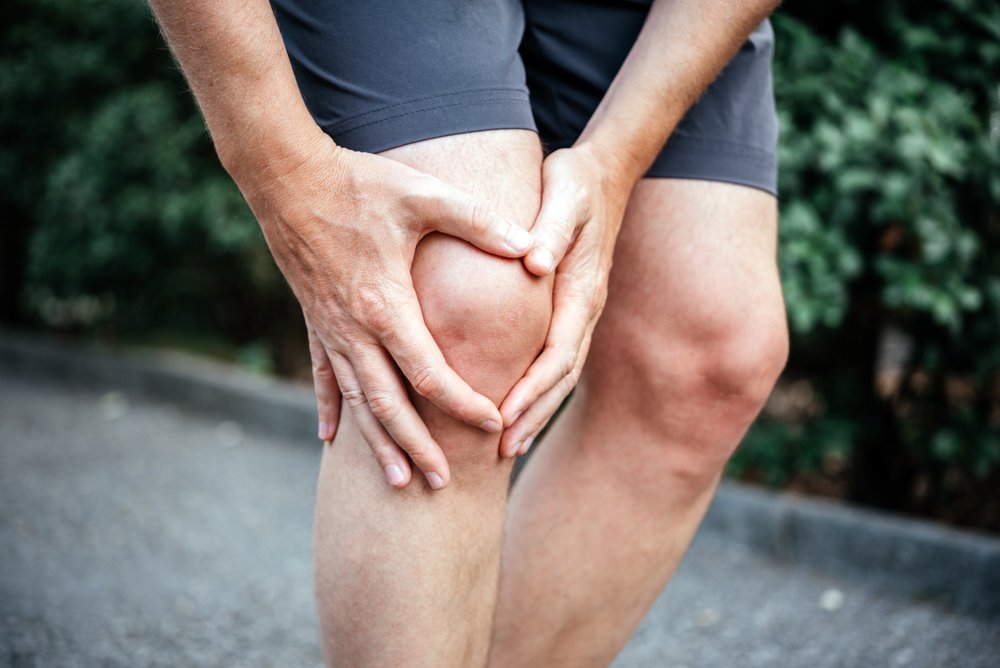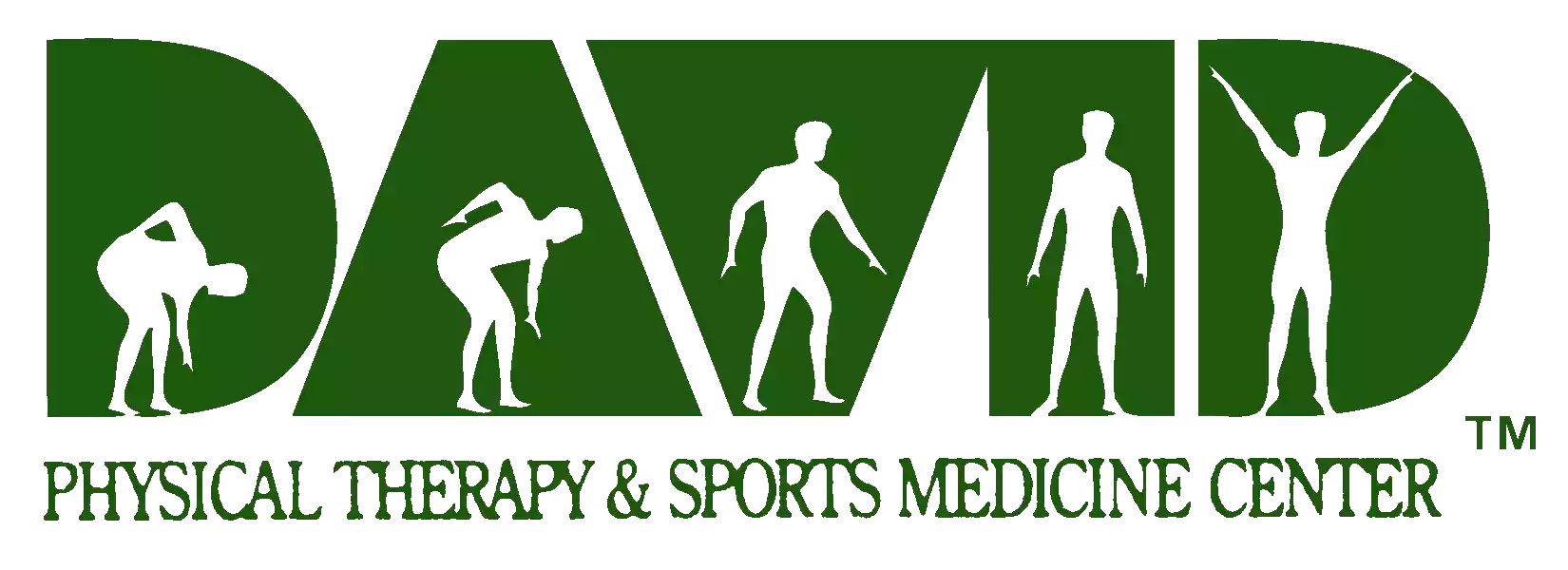 A torn meniscus is a common injury, especially among athletes. This knee injury is typically caused by a sudden twisting or rotation of the joint, and it can be quite painful. Luckily, with some ice, rest, and quality physical therapy, most people will recover from a torn meniscus and get back to their usual activities.
A torn meniscus is a common injury, especially among athletes. This knee injury is typically caused by a sudden twisting or rotation of the joint, and it can be quite painful. Luckily, with some ice, rest, and quality physical therapy, most people will recover from a torn meniscus and get back to their usual activities.
In this month's blog post, we'll talk more about what a torn meniscus really is and how the physical therapists at David Physical Therapy & Sports Medicine Center can help!
What Is A Meniscus?
A meniscus is a crescent-shaped piece of cartilage that acts as a shock absorber between the bones in your knee joint. There are two menisci in each knee - the medial meniscus on the inner side and the lateral meniscus on the outer side.
As mentioned above, a torn meniscus is usually caused by a sudden twisting or rotating of the knee joint. This can happen from playing a sport, falling down, or even just lifting something heavy the wrong way. Most people who tear their meniscus will feel a sharp pain in the knee and may hear a popping sound.
In some cases, the pain may go away after a few days. However, if the pain persists or gets worse, it's important to see a doctor or physical therapist for a proper diagnosis.
What Are The Symptoms Of A Torn Meniscus?
In addition to the sharp pain and popping sound, other symptoms of a torn meniscus may include:
- Swelling and stiffness in the knee
- Difficulty keeping the legs straight
- Difficulty keeping a bent knee
- A feeling of instability when trying to put weight on the knee
- Locking or catching sensation in the knee
- Inability to fully extend the knee
However, pain in the knee joint or leg muscles may point to other issues, as well. After all, there are various injuries and conditions that can cause pain in the area, like knee osteoarthritis, a torn ACL, tendonitis, etc. This is why it's so important to see a doctor or physical therapist for an accurate diagnosis.
What Can Physical Therapy Do For Knee Pain?
In many cases, knee pain occurs as a result of overuse or improper use of the joint. When this happens, the muscles, tendons, and ligaments around the knee can become weak or tight, which can lead to further pain and injury.
Physical therapy can help to address these issues and treat knee pain by strengthening the muscles around the joint and improving flexibility. A physical therapist can also provide knee pain exercises and stretches to help alleviate pain and improve range of motion.
In addition, a physical therapist can create a custom physical therapy plan to address your specific needs and goals. This may include manual therapy techniques, like massage and joint mobilization, to help reduce knee pain and promote healing.
What Can I Expect From Physical Therapy?
The first step in physical therapy is to meet with your therapist for an initial evaluation. During this visit, your therapist will ask about your symptoms, medical history, and any other relevant information. They will also perform a physical examination to assess your range of motion, flexibility, strength, and balance.
Based on the evaluation, your therapist will develop a treatment plan to help you reduce pain and improve function in both or one leg. This may include knee exercises like straight leg raises, stretches, and other treatments. Your exercise program may also include strengthening exercises for the thigh muscles and other muscles around the knee.
Your therapist will also teach you how to properly perform the exercises and stretches at home. In addition, they may give you advice on how to avoid knee injuries in the future.
How Long Will I Need To See A Physical Therapist?
When it comes to physical therapy for knee injuries, how many sessions you'll need depends on the severity of your knee pain and injury. It's common to see a therapist for several weeks or months, but some people may only need a few visits.
If that sounds long, keep in mind that knee surgery can often take much longer to recover from—and there's no guarantee that it will be successful. Plus, the American Physical Therapy Association reports that patients with meniscal tears, on average, do not see improvement in their pain after arthroscopic knee surgery. In other words, seeking physical therapy for a torn meniscus may be your best bet for pain relief.
Visit David Physical Therapy & Sports Medicine Center
If you're looking for a physical therapist in the Pittsburgh area, you've come to the right place! With offices in Mount Lebanon and Southpointe, our physical therapists are here to help you get stronger, improve your function, and get back to living pain-free.
It's time to get back in the game! Schedule an appointment with us online today to get started on your road to recovery.

